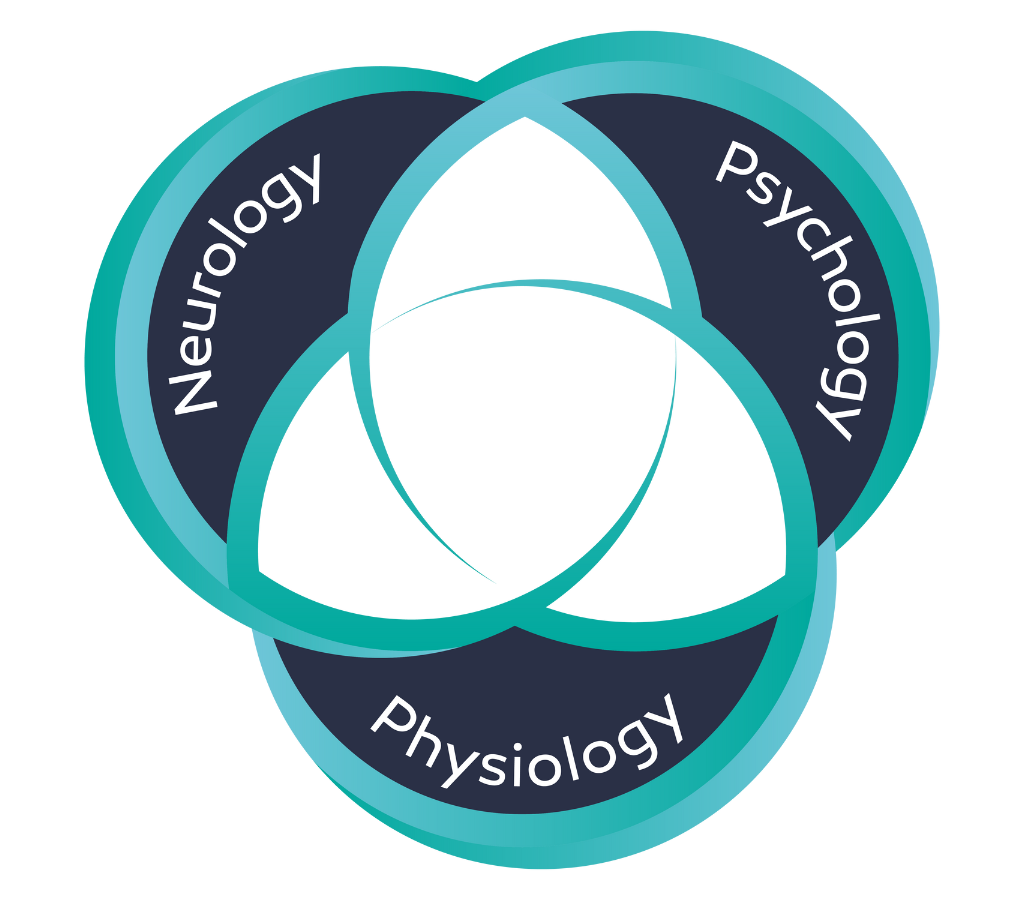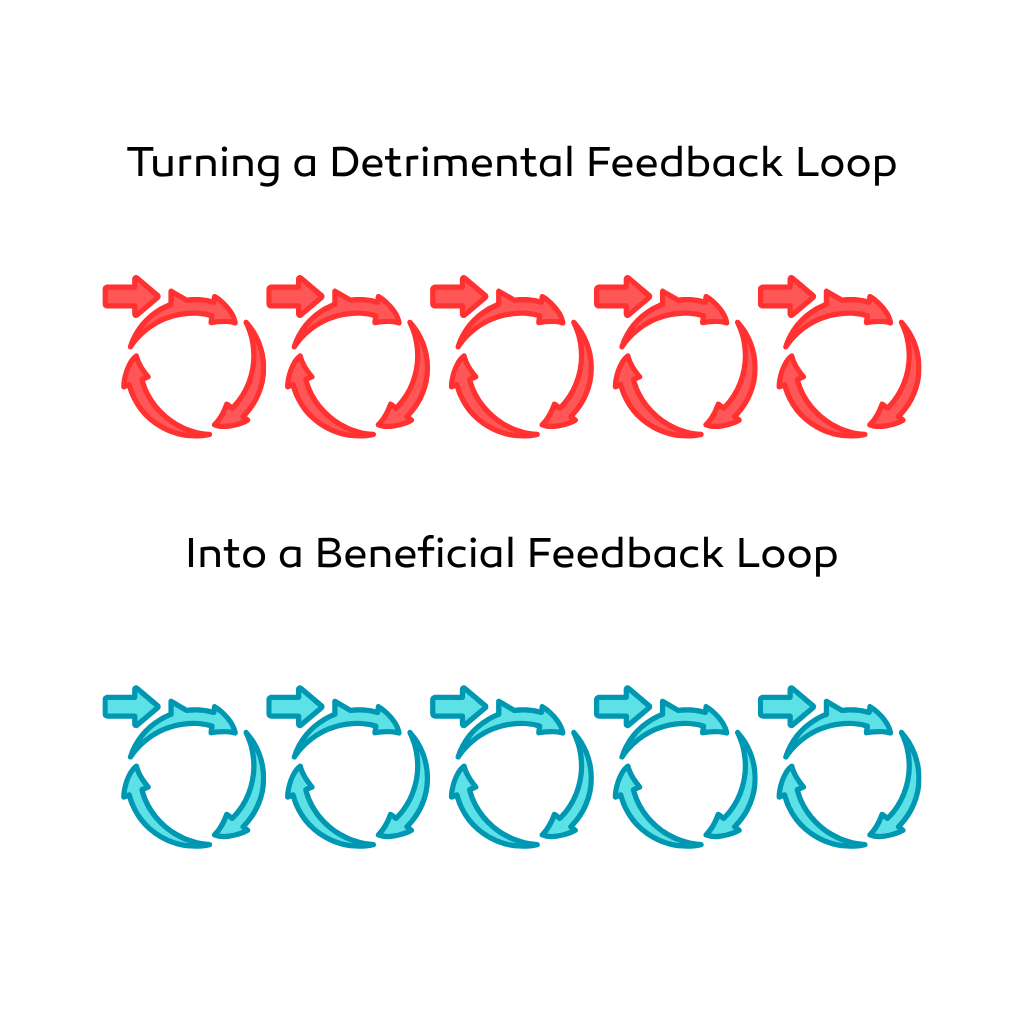For Medical Professionals
Understanding the Neurobiology of Chronic Pain and the Trinity Healing Method
Welcome, and thank you for your interest in understanding the framework behind The Nervous System Blueprint.
This program was developed by Strategic Psychotherapist Trevor Shipton—who resolved his own chronic pain using the same principles—as a practical, evidence-informed approach to healing chronic conditions through nervous system regulation.
The Nervous System Blueprint is delivered over 8 weeks but is designed to offer the therapeutic density of a 12-month journey, guiding clients through progressive stages of nervous system education, emotional recalibration, and physiological re-regulation.

The Philosophy Behind the Program
At its core, The Nervous System Blueprint treats chronic pain—and a wide range of other chronic conditions too—as the symptom of a hypersensitive nervous system.
Based on decades of research, clinical experience, and personal transformation, the program addresses chronic dysregulation through what Trevor calls The Trinity Healing Method—a synergistic model that integrates:
- Neurology: Regulating Nervous System Activity
- Psychology: Retraining Subconscious Survival Responses
-
Physiology: Creating Biochemical and Sensory Conditions for Healing
“When we combine Neurology, Psychology, and Physiology, and give the body what it needs to feel safe, outcomes improve across the board”
Trevor Shipton
Chronic Pain as a Detrimental Feedback Loop
Most chronic pain originates not in damaged tissue, but in a maladaptive loop between perception and physiology.
When the nervous system perceives threat—consciously or subconsciously—it releases stress chemicals (cortisol, adrenaline, norepinephrine), which create bodily sensations interpreted as pain or dysfunction.
These sensations reinforce the perception of threat, leading to a detrimental feedback loop.
Trevor’s approach focuses on interrupting that loop and gradually creating a beneficial feedback cycle—where sensory inputs, breath, movement, and mindset shifts lead the brain to perceive safety, triggering the release of healing biochemistry like serotonin, oxytocin, and endorphins.

“The pain loop is real—but so is the healing loop. One starts with threat, the other starts with safety.”
Trevor Shipton
Clinical Relevance
This program is not a replacement for medical treatment, but a powerful adjunct to it—designed to:
- Enhance outcomes in patients with chronic pain, fibromyalgia, CFS, IBS, autoimmune flares, anxiety, PTSD, and more
- Reduce allostatic load and improve stress resilience
- Provide a mechanistically sound explanation for mind-body interactions
- Empower patients to become active participants in their own healing
The program is particularly relevant for patients who:
- Have exhausted traditional treatment options without resolution
- Present with pain disproportionate to pathology
- Have co-occurring emotional or autonomic dysregulation
- Display patterns of central sensitisation or functional neurological symptoms
“Most people don’t need more effort—they need more regulation.”
Trevor Shipton
Modalities Included in the Program
Trevor draws from a wide range of somatic and cognitive practices, all rooted in established therapeutic traditions and emerging neuroscience:
- Buteyko breathing / CO₂ tolerance training
- Yoga Nidra and Somatic Mindfulness
- Clinical Hypnotherapy and Strategic Psychotherapy
- Neuro-Linguistic Programming (NLP)
- Emotional Freedom Technique (EFT)
- QiGong and micro-movement for vagal tone
- Evidence-based psychoeducation on neuroplasticity
These tools are delivered in a sequenced, integrative format that supports gradual rewiring of the brain and re-patterning of physiological responses.
“Chronic conditions require more than symptom management. They require a new map of safety.”
Trevor Shipton
Referenced Thinkers & Frameworks
The methodology is informed by—and in dialogue with—the work of a range of progressive thinkers and practitioners, including:
- Stephen Porges (Polyvagal Theory)
- Gabor Maté (Trauma and Chronic Illness)
- Bessel van der Kolk (Somatic trauma resolution)
- Dr. Lorimer Moseley (Neuroscience of pain)
- Bruce Lipton (Mind-body epigenetics)
It also aligns with emerging models in functional medicine, psychoneuroimmunology, and trauma-informed care.
“This work doesn’t replace medical care—it completes it. It fills the gap between the symptom and the signal that created it.”
Trevor Shipton
A Note to Practitioners
Trevor’s mission is not to compete with clinical medicine, but to bridge the gap between therapy and biology, between the nervous system and the human story.
If you’re a practitioner interested in referring clients, collaborating, or understanding how this work can support your patients, you can:
- Download his eBook “How to Heal Chronic Pain”
- Contact Trevor directly for clinical discussion or referrals
“When the nervous system finds safety, every form of care becomes more effective.”
Trevor Shipton
